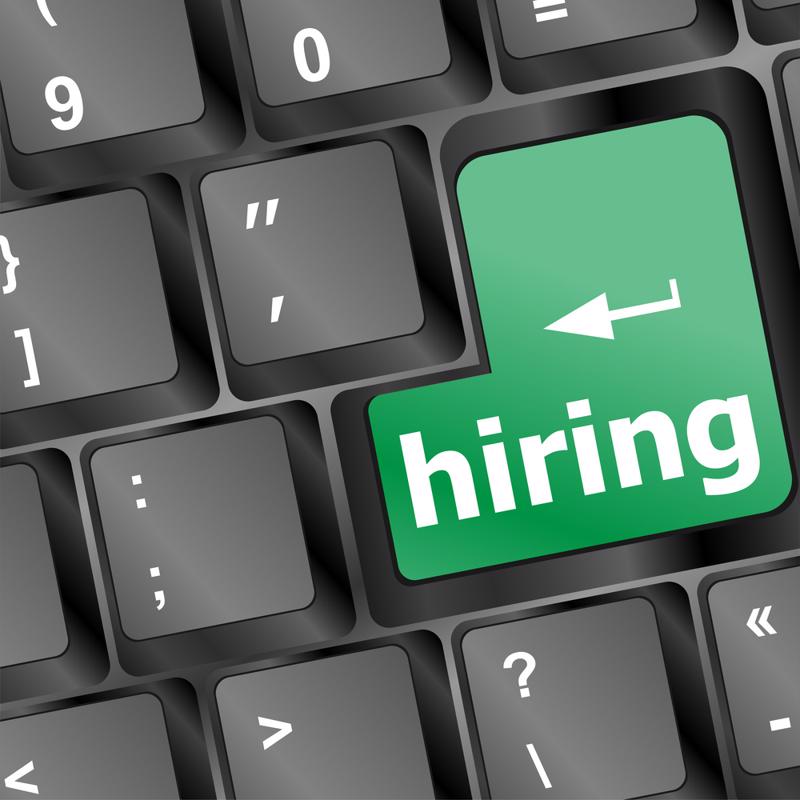
Predictive hiring: What it is and how to use it
Predictive hiring is one of many types of recruiting technologies and associated tools that aim to improve the outcomes for hiring managers, HR professionals and the companies they work for. Let's explore what predictive hiring is and how your organization can use it effectively.
What is predictive hiring?
Predictive hiring is a form of predictive analytics, and it's important to understand the basics of this tool before diving into its specific applications. Predictive analytics as a concept is relatively simple, even though the tools used to execute it can be quite complex: An automated process that takes existing data and analyzes it to predict likely - and unlikely - outcomes. As HR Daily Advisor pointed out, the future-facing focus is what sets predictive analytics apart from other forms of analysis.
Businesses can use predictive analytics in capacities ranging from the supply chain and consumer demand to a variety of industry-specific concerns. Benefits include more informed decision-making, avoiding risk and seizing opportunities that may not be visible without analysis that relies on complex algorithms and processing power.
Predictive hiring takes the concept of predictive analytics and applies it specifically to the world of recruiting. As long as a large enough pool of data is available, hiring managers and other stakeholders in the process can gather valuable information about concerns ranging from the identification of top talent, as Monster pointed out, to tailoring job descriptions. Other areas supported by predictive hiring include, but are by no means limited to, identifying recruits who are more likely to stay with your business in the long term and discovering which forms of outreach to potential hires can provide the best return. As a flexible and adaptive process, there are many forms of widespread predictive hiring analysis to consider, along with plenty of individualized ones.
"Predictive hiring provides hiring managers with another tool in their tool belt, and as it becomes more widely used, so will the opportunities to validate the data," comments Ryan Jacklin, Division Director of Beacon Hill's Pharma Division in Colorado Springs. "However, it is important to keep in mind that, though insightful, hiring people can't be distilled down to numbers. I think it is very important to pair quantitative data with qualitative data, such as references, competitor information, and market intelligence, to put your company at the front of the pack. A strong staffing partner can help you manage this and give you both the analytics and the human know-how necessary to reduce risk in the hiring process."

How can my organization use predictive hiring?
Predictive hiring can inform stakeholders in the hiring process and allow them to confidently make important decisions that are based on thorough and careful analysis. Approaches can include identifying pain points or weaknesses in current recruitment efforts and then adjusting them through the results of predictive hiring as well as more thorough evaluation of talent. Deciding on a plan of action for implementing predictive hiring should be a priority, to organize efforts and ensure the results of analysis are useful.
"Predictive hiring can help save a lot of time and cost when it comes to making the right match," says Edward Darisse, Solutions Partnership Director with Beacon Hill's Solutions Division. "It gives you more data points to provide a high-resolution picture of a candidate when you might otherwise be looking at blurry 35mm film. However, these tools do not replace human interactions. Candidates appreciate knowing that there is a person behind that 'Apply' button. Additionally, the interview process gives you the opportunity to find the proverbial 'diamond in the rough' you otherwise would've missed if you let predictive analytics do all the work for you."
The ease with which you can begin using predictive hiring in house can depend in large part on the available predictive analytics resources within your business. A company that has a robust infrastructure in place to support predictive analytics in a variety of different applications may find it relatively easy to introduce predictive hiring, although there's still an adjustment period to be expected. For enterprises that outsource their predictive analytics needs or don't leverage this type of tool in general, turning to a trustworthy outside provider could be the most effective decision in the long run.
This content is brought to you by the Marketing Team at Beacon Hill Staffing Group.
 Back to Top
Back to Top

